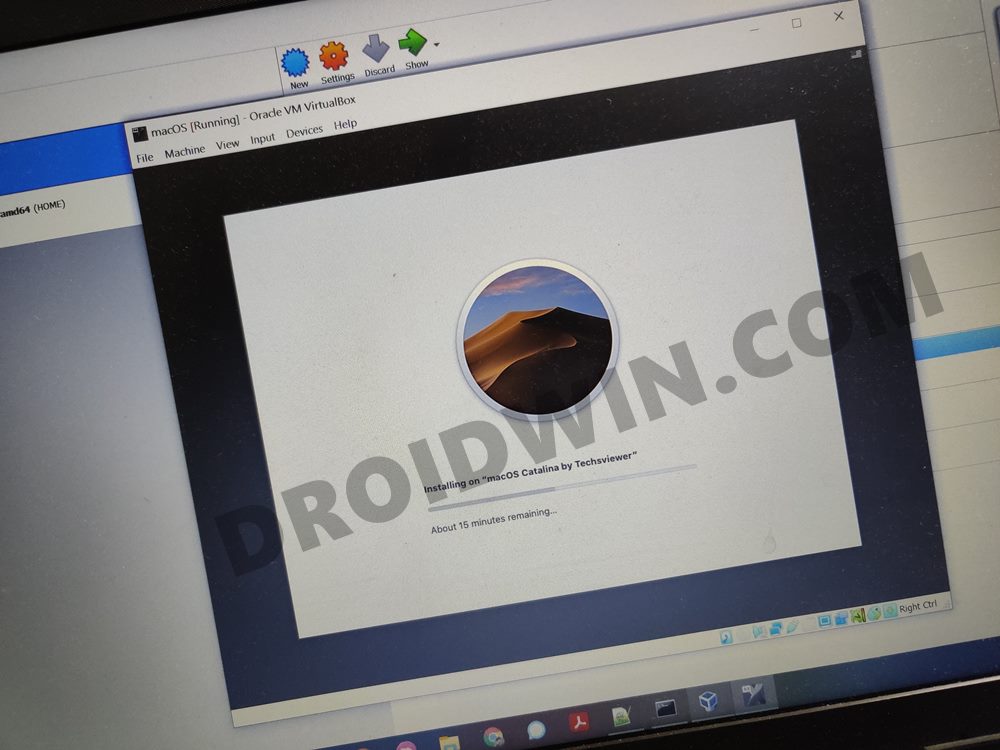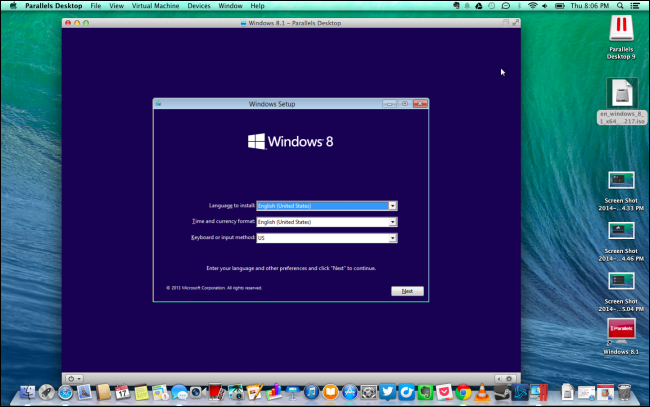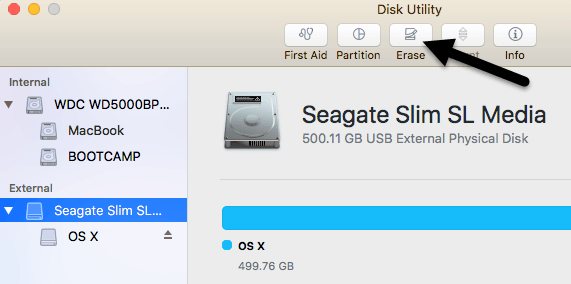

- WINDOWS VM FOR MAC FULL VERSION
- WINDOWS VM FOR MAC MAC OS
- WINDOWS VM FOR MAC SOFTWARE LICENSE
- WINDOWS VM FOR MAC INSTALL
- WINDOWS VM FOR MAC UPDATE
WINDOWS VM FOR MAC INSTALL
To install Windows, use Boot Camp Assistant, which is included with your Mac. If your copy of Windows came on a DVD, you might need to create a disk image of that DVD.If your copy of Windows came on a USB flash drive, or you have a Windows product key and no installation disc, download a Windows 10 disk image from Microsoft.
WINDOWS VM FOR MAC FULL VERSION
If installing Windows on your Mac for the first time, this must be a full version of Windows, not an upgrade. 2Īn external USB flash drive with a storage capacity of 16GB or more, unless you're using a Mac that doesn't need a flash drive to install Windows.Ī 64-bit version of Windows 10 Home or Windows 10 Pro on a disk image (ISO) or other installation media.
WINDOWS VM FOR MAC SOFTWARE LICENSE
The Microsoft Software License Terms for the Microsoft Edge and IE VMs are included in the release notes. The password to your VM is 'Passw0rd!' View installation instructions. Mac users will need to use a tool that supports zip64, like The Unarchiver, to unzip the files.

You can follow our blog for new images we release for VirtualBox.
WINDOWS VM FOR MAC MAC OS
It is a free and powerful x86 and AMD64/Intel64 virtualization product available for most of the operating systems such as Linux, Microsoft Windows, Mac OS X, Solaris and ported version for FreeBSD.
WINDOWS VM FOR MAC UPDATE
Windows 11 will arrive as a free update this fall. In other words, for those who want to run Windows 11 on a Mac, the only option, for now, is to use a virtual machine as it will not work through Boot Camp. In theory, Apple could update the firmware of its Intel machines to enable TPM 2.0 support using the processor, but this seems unlikely since Apple is slowly discontinuing Intel Macs and even the new M1 Macs are not compatible with any version of Windows. If you run the tool released by Microsoft to check if your PC has the hardware required to run Windows 11, you’ll get a message saying that “this PC can’t run Windows 11.” Windows 11 on Macsīut what about Macs? Well, even if you have a Mac with the most recent generations of Intel processors (it’s worth noting that no Apple Silicon Mac runs Windows natively), you probably won’t be able to run Windows 11 on it - at least not officially.Īpple has never offered support for the TPM 2.0 standard on Intel Macs, which makes them all incompatible with the newest version of Windows. In another document, Microsoft provides a list of every processor that can run Windows 11, and most of them were introduced after 2017. And when it comes to a custom-built desktop PC, there’s a high chance that it doesn’t have a TPM chip (although you can add one to it).

The problem is, not every computer has TPM 2.0 since it was introduced in 2014. It can control cryptographic keys, DRM management, and more. TPM, or Trusted Platform Module, is a chip built into the logic board or firmware of a computer to ensure the integrity of the operating system’s security, similar to what Secure Enclave does on Macs. Once it becomes available, the update will require a 64-bit 1GHz or faster processor, at least 4GB RAM and 64GB of storage, a DirectX 12 compatible graphics card, and support for TPM 2.0. Windows is typically known for running on several different machines, but this year, Microsoft seems to have chosen to increase the hardware requirements for running Windows 11. In fact, Windows 11 won’t be officially supported by any Intel Mac. While it comes with a refreshed design and even the ability to run emulated Android apps, not everyone will be able to install the new version. Microsoft on Thursday unveiled Windows 11, the next major update to its PC operating system.


 0 kommentar(er)
0 kommentar(er)
